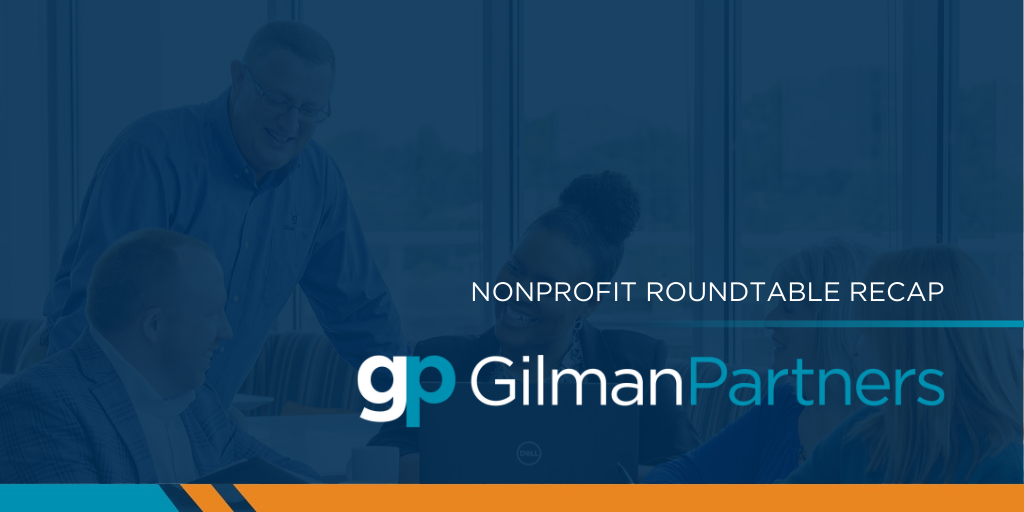Gilman Partners’ HR Practice Team hosted a virtual roundtable discussion with more than 30 human resources leaders from across the region. The group’s discussion focused on two areas – making hybrid/remote work successful and trends in employee benefits that attract and retain talent. Here are some highlights from the conversation:
Remote/Hybrid Work
- Many organizations are having a hard time convincing workers to return to the office – even in a hybrid model. One leader shared that when her organization asked team members to come into the office two days a week several employees balked, saying there’s no need to come in when they’re doing their work successfully from home. This pushback is creating a challenge for employers who want to increase team collaboration in the office but don’t want to risk losing employees who might leave for fully remote opportunities.
- During the initial months of the pandemic many organizations provided hazard or exposure pay to employees who were required to be on site or work extensively with the public. Instead of taking away the extra pay employees have grown used to receiving, some organizations have turned the bonuses into permanent salary increases.
- One HR leader said her team is now offering exposure bonuses to those employees who provide services to the public. Another said that bonuses or pay adjustments were being offered to employees returning to the office. The amount of the increase is determined by which of the twelve salary bands each worker is in.
- The group talked about their expectations for hybrid/remote workers and how they share those expectations with their organization’s leadership and employees. One leader said her company’s policy is to always turn on cameras on video calls to maintain a personal connection. Managers are also encouraged to check in weekly with each of their direct reports.
- Several of the HR leaders said their organization has created a flexible work agreement that outlines expectations and best practices and also ensures consistency across the company. These agreements might include expectations for core work hours and employee availability among others. Three of the HR leaders in today’s session shared examples of the flexible work agreements they created.
- The group talked quite a bit about ensuring all employees and job candidates are treated equally whether they are remote or in the office. There was discussion about potential biases toward remote employees who might be given fewer development or promotion opportunities since they aren’t seen as regularly. One leader said her organization is interviewing all candidates virtually to ensure they’re being evaluated on equal ground.
Benefits
- Most of the HR leaders agreed their organization’s dress code has relaxed in the past several months as employees return to the office. Allowing employees to wear jeans every day was one of the most common changes we heard. One leader of a financial institution noted his organization’s dress code has expanded to include more opportunities for self-expression including vibrant hair color, facial piercings, and visible tattoos.
- One HR leader said her organization has committed to making doctor’s appointments virtual, easy and free. They’ve implemented telehealth benefits that all employees can access.
- Two of the leaders shared their organizations have expanded their employee assistance programs to all workers, regardless of benefit enrollment – allowing them to get the financial help they need when life challenges pop up.
- Another HR leader shared her organization recently implemented the option to buy back PTO for manufacturing employees due to the company’s ongoing production needs.
- One organization implemented a low-cost tool that allows employees to manage and repay student loans for themselves and members of their extended family. The tool was so popular the organization is now going to start contributing to their student loan repayment.
- There was agreement that discussions about mental health are now less taboo and employees are more readily accessing support services.




